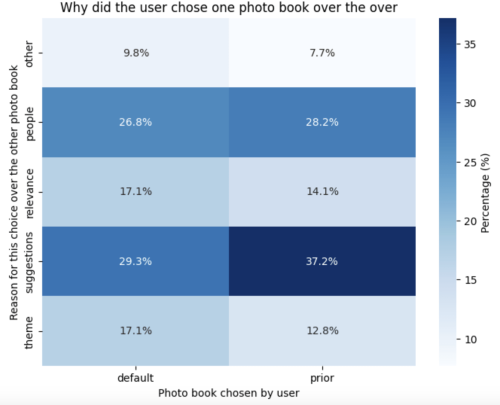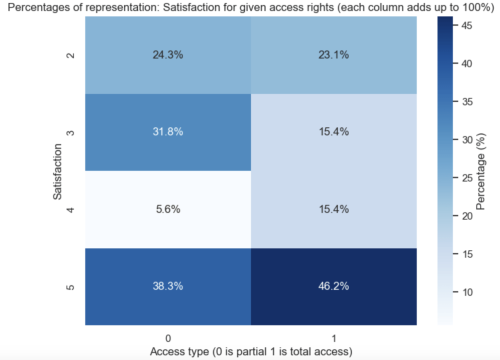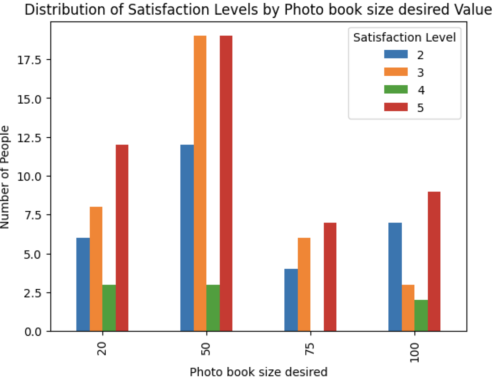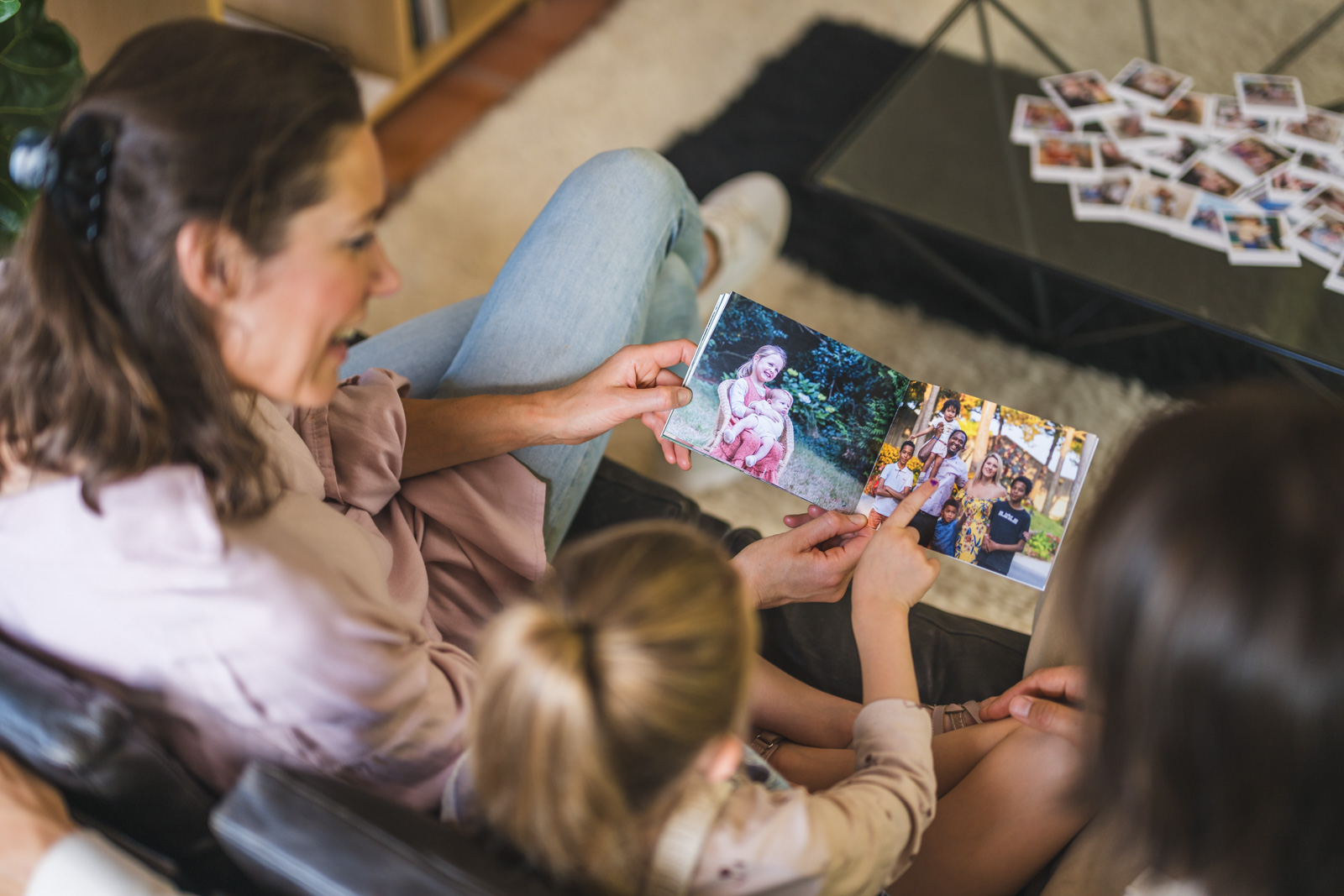Even in today’s digital age, printing photos remains a meaningful way for people to cherish their memories. At Stampix, one of our customers’ favourite methods to preserve these moments is through our photo books.
However, creating a personalised photo book can be a time-consuming task, prompting Stampix to start experimenting with a new feature that leverages AI to automatically select the best photos for customers’ albums.
While this may sound straightforward, the technology behind this feature is complex. To refine and perfect this innovation, we believe the best approach is to collaborate directly with our customers.
Our experiment: making automated photo curation possible
Before rolling out a full-feature solution, our Machine Learning team launched a focused research project to test the feasibility and potential of an AI-driven approach to automate this process.
To explore this concept, a new application was developed where customers could share their 2024 pictures (the data was used only in the concept of this experiment, and deleted right after), along with previously printed photos, giving us a rich and relevant selection to analyse.
Our AI-powered solution transforms images into so-called image embeddings. An image embedding is a mathematical representation that captures the content of the image. This allows us to group or cluster images in relevant themes and topics drawing out meaningful narratives from each customers’ gallery. This strategy yields an intelligent system capable of suggesting the best images to include in a custom photo book, tailored to each person’s memories.
Results and insights
During two weeks of testing, after sharing their photos, customers were provided two photo books created automatically for them. Each customer was prompted to fill out a form sharing their experience and overall satisfaction with their preferred photo book.
The experiment provided many insights, from enhancing our understanding of customers’ preferences to refining our AI’s ability to suggest meaningful selections. User experience feedback also highlighted that while automated curation is valuable, personalisation options are equally essential. This confirmed at the same time such an ambitious project can only be achieved with partially automated AI user experience.
As previously mentioned, during the experiment each user was presented two photo books: one that only takes into account the user gallery, and the other one that takes also into account the previously printed pictures.

This analysis highlights that personalised themes and curated photo suggestions resonate most with users, making them the primary factors in selecting one photo book over another. By focusing on these aspects—theme or event selection, overall pictures suggestions, and people selected—we can design photo books that align closely with what users value most.
Additionally, within the application designed specifically for this experiment, customers could select whether we could access their whole gallery of pictures or only a fraction of them.
Another interesting result is that it appeared to us that customers that gave partial access to their gallery gave more moderate feedback, which beats expectations. Shown AI related skepticism when sharing only part of the gallery then extends to user satisfaction.

The difference between the photo book size customers wanted and the actual size they received (20 pictures) greatly affects satisfaction. Customers who expected a smaller or medium-sized book (20-50 pictures) were generally more satisfied. On the other hand, those who wanted a larger book (75-100 pictures) were often less happy with the 20-picture limit.
This shows that offering a range of photo book sizes, or helping customers set realistic expectations, could boost satisfaction—especially for those who prefer bigger collections. For this reason, creating a flexible AI model that generates photo books with different sizes is crucial.

Overall metrics out of this experiment
While the project met our satisfaction goals, there’s still room to make the experience smoother, since the partially automated flow created some frustrations.
Regarding the customers’ choice, 65% of the users participating in the experiment chose the photo book accounting for previously printed pictures, whereas only 35% chose the photo book only considering their photo gallery. These results suggest that most customers value the personalised touch that comes from their previous printing history. Stampix has always believed in this hypothesis which constitutes the business value.
Key takeaways
The journey of developing AI-driven photo books is still underway, but this experiment emphasises the potential AI can bring to Stampix.
As we continue refining this tool, our goal is to deliver a seamless, personalised photo book creation experience that truly captures each customers’ unique story. In the future, we plan on further improving this initiative and innovative project, combining the power of AI with the timeless value of printed memories.
Newsletter
Receive our bi-monthly newsletter for insights and product updates.

Subscribe to our Newsletter
We promise we won’t flood you with emails! Every two months we will send you an insightful newsletter with marketing and loyalty news, interesting blogs and new product releases.


